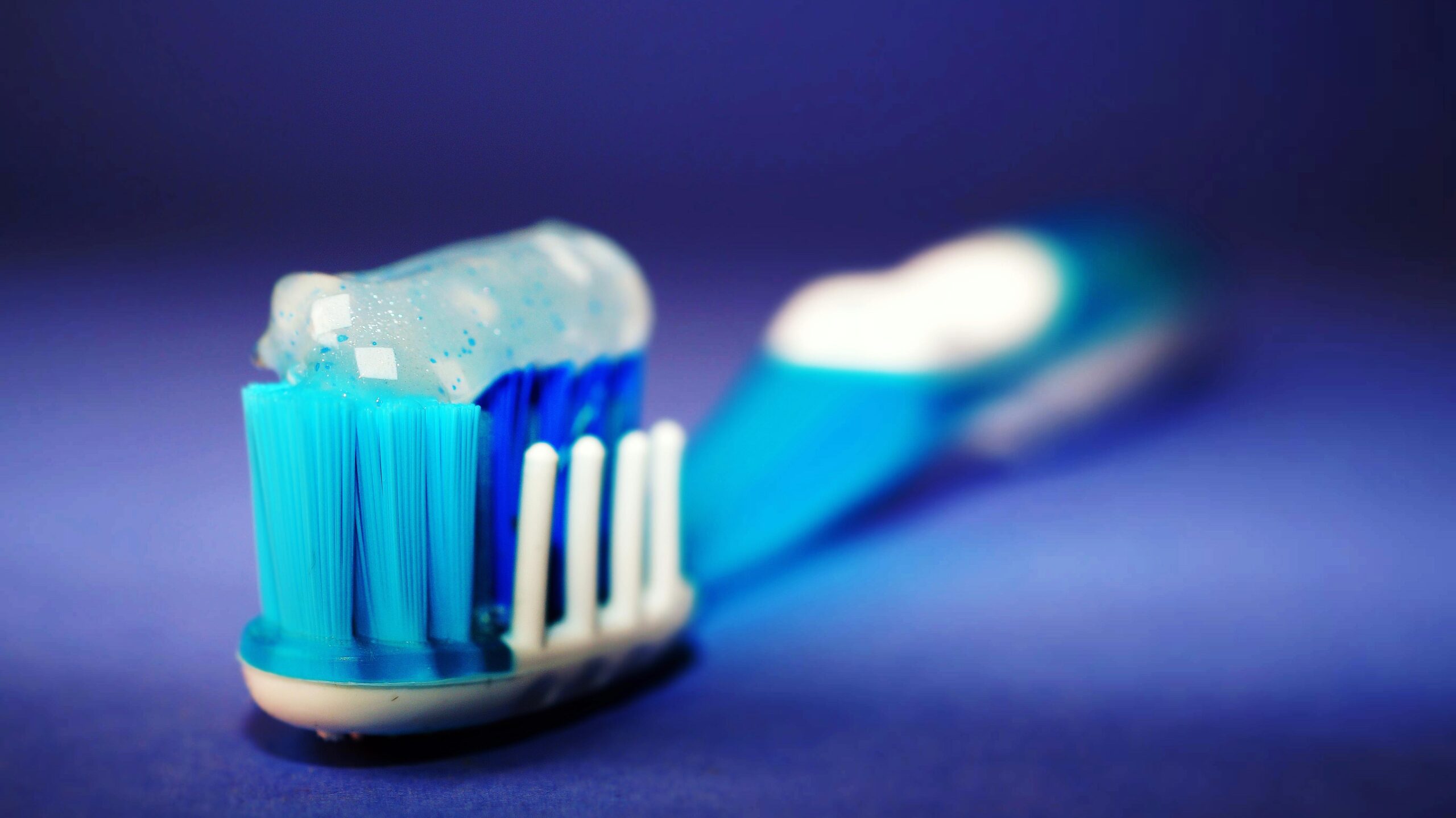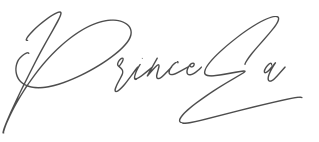Dentist Reveals Important Reason Why You Must Replace Your Toothbrush Every Three Months

We’re all creatures of habit—wake up, brush our teeth, go about our day. It’s one of those routines we barely think about. But what if we told you that one tiny detail in that ritual could be doing more harm than good?
You might not give your toothbrush a second thought, especially if it still looks okay. But dentists are raising the alarm on something most of us overlook—and it’s not just about hygiene. It’s about effectiveness, bacteria, and possibly even your long-term health.
So, how often should you really swap it out? And what are the risks if you don’t? Let’s just say… by the time you reach the end of this article, your toothbrush might be headed for the trash.
The Hidden Toll of Overused Bristles
It’s easy to assume your toothbrush is doing its job—as long as you’re brushing, you’re good, right? Not quite. Over time, the very tool you trust to keep your teeth clean can start letting you down. And unlike your car tires or your phone battery, there’s no blinking warning light to tell you it’s time to make a switch.
According to Dr. Joshua Perlman, a dental expert who’s seen it all, toothbrush bristles go through serious wear and tear. Twice a day, every day, they’re on the front lines—scrubbing off plaque, sweeping away food particles, and battling bacteria. Eventually, they start to fray, bend, and lose their structure. And once that happens? Their ability to actually clean your teeth plummets.

“When toothbrush bristles are overused they can become weakened or frayed,” Dr. Perlman explains. “And when that happens, they lose their ability to clean your teeth effectively.” Imagine trying to sweep your kitchen floor with a broom that’s seen better days. You’ll still go through the motions, but the result won’t be anywhere near as satisfying—or hygienic.
What’s worse is that worn bristles can’t reach the tighter spaces between your teeth. Those little crevices are exactly where bacteria love to hide. Keep using an overworked brush and you’re essentially giving plaque a free pass to build up and wreak havoc. The result? A higher risk of cavities, gum inflammation, and possibly even more serious oral health problems down the road.
More Than Just Dirty—The Bacterial Build-Up Nobody Talks About

Most people assume that because it’s used with toothpaste, it’s staying relatively clean. But the truth is far less comforting. Each time you brush, your toothbrush picks up plaque, food particles, and bacteria from your mouth. And while a quick rinse under the tap might wash some of it away, it’s far from a deep clean. Over time, that gunk starts to build up, turning your toothbrush into something that’s doing the opposite of what it’s supposed to.
Dr. Perlman points out that the longer you use the same brush, the more bacteria it accumulates—and that’s especially bad news if you’ve recently been sick. Cold, flu, strep throat… even after you recover, your toothbrush might be holding onto remnants of the illness like an unwanted souvenir. Using it again could potentially reintroduce bacteria into your system, which is the last thing anyone wants after finally feeling better.
And then there are the warning signs: a strange odor, discoloration, or bristles that look like they’ve survived a wind tunnel. These aren’t just cosmetic flaws—they’re clues that your brush has passed its prime. If your toothbrush smells weird or looks off, it’s not being dramatic. It’s begging for retirement.
Look for the Warning Signs

You’ve probably heard the standard advice: replace your toothbrush every three months. But while that’s a solid rule of thumb, it’s not the only factor that matters. Your toothbrush might be trying to tell you it’s ready for retirement—even if the calendar says otherwise.
Signs Your Toothbrush Needs to Be Replaced:
- Frayed Bristles: If the bristles are bending outward or look more like bedhead than dental equipment, they’re not doing their job. Frayed bristles can’t clean between teeth properly, leaving plaque and food particles behind in the tightest, most bacteria-friendly spots.
- Soft or Flattened Bristles: Toothbrush bristles are designed to have a certain stiffness. If they feel too soft or lay completely flat, they’ve likely lost their ability to scrub effectively.
- Weird Odors or Discoloration: A toothbrush that smells funky or has changed color is waving a red flag. Odors can signal bacteria buildup, while discoloration might indicate mold, mildew, or leftover toothpaste gunk that’s gone rogue.
- Post-Illness Use: Been sick lately? Cold, flu, or any kind of infection? Even if you’re feeling better, your toothbrush might be harboring lingering germs. It’s better to start fresh than risk a second round of illness.
- Overzealous Brushing: If you’re the kind of brusher who goes in like it’s a scrubbing competition, your toothbrush may wear out before the three-month mark. Aggressive brushing causes bristles to splay faster, reducing cleaning power and potentially irritating your gums.
Kids, Electric Brushes & Aggressive Brushers—The Exceptions to the Rule

While the “replace every three months” guideline is a great starting point, not all toothbrushes—and not all brushers—are created equal. Some mouths and habits demand a little more attention, and sometimes that means making the switch even sooner.
Children Need Frequent Swaps
Let’s start with the kiddos. Children are notorious for being a little… creative with how they brush. Whether they’re chewing on the bristles, using the brush as a drumstick, or just generally rougher with their technique, their toothbrushes tend to wear out faster. Dentists recommend checking your child’s toothbrush monthly and replacing it at the first sign of wear or gnawing.
Electric Toothbrush Heads Wear Faster

Electric toothbrushes are efficient and often more effective, but their brush heads don’t have the same longevity. Because they rotate, vibrate, or pulsate at high speeds, their bristles tend to fray faster than those of manual brushes. Most manufacturers recommend replacing the head every three months, but if you notice wear before that, don’t wait—change it.
Aggressive Brushers, Take Note
If you tend to brush like you’re scrubbing a cast-iron skillet, your toothbrush is likely taking a beating. Excessive pressure causes bristles to flatten and splay in record time. Not only does this reduce cleaning ability, but it can also irritate your gums and wear down enamel over time. If your brush looks rough before the three-month mark, it’s a clear sign you need to swap it out—and maybe lighten up a bit with your technique.
In these cases, the best rule isn’t “three months”—it’s as soon as it shows signs of giving up. Your toothbrush might not come with a warning light, but your mouth knows when it’s time for an upgrade.
Pro-Tips for Extending Toothbrush Hygiene

Even the best toothbrush won’t last forever, but a little care can go a long way in keeping it effective—and clean—between replacements. Here are smart, dentist-backed tips to help you get the most out of your toothbrush while protecting your oral health.
- Rinse Thoroughly After Every Use: After brushing, make sure to rinse your toothbrush under running tap water. This helps remove lingering toothpaste, food particles, and bacteria so they don’t dry onto the bristles and fester until the next use.
- Store It Upright and Let It Air Dry: Storing your toothbrush upright (bristles facing up) allows water to drain off and air to circulate, helping it dry quickly. A constantly damp brush is a breeding ground for bacteria and mold—not what you want in your mouth.
- Avoid Closed Containers: Tempted to pop your brush into a travel case or enclosed holder between uses? Don’t. While it might seem hygienic, sealed environments trap moisture and actually increase bacterial growth. Let it breathe!
- Don’t Let Brushes Touch Each Other: If your family stores multiple toothbrushes in the same cup or holder, make sure the bristles don’t come into contact. Touching heads can cross-contaminate bacteria from one brush to another, especially during flu season or illness.
- Never Share Toothbrushes: This one seems obvious, but it bears repeating. Sharing toothbrushes—even with partners or kids—transfers bacteria, blood, and even viruses. Everyone should have their own brush, no exceptions.
- Replace After Illness: After recovering from a cold, flu, sore throat, or any kind of infection, swap out your toothbrush. It may be harboring remnants of the illness and could reinfect you or spread germs to others in the household.
- Set a Calendar Reminder: It’s easy to forget when you last replaced your toothbrush. To stay on top of it, use your phone or calendar to set a recurring reminder every 12 weeks. Or get creative—change it with the seasons!
A Clean Brush, A Healthier Life
It’s easy to think of your toothbrush as just another tool in your bathroom routine, but the truth is—it’s your frontline defense against a host of health issues. Keeping it clean and fresh isn’t just about white teeth and minty breath; it’s about protecting your entire body from infections and inflammation that can start in your mouth.
Poor oral hygiene doesn’t stay in the mouth. Studies have linked gum disease and chronic plaque buildup to heart disease, diabetes complications, respiratory infections, and even cognitive decline. That might sound dramatic for something as simple as an old toothbrush—but when a worn-out brush fails to remove harmful bacteria, that bacteria doesn’t just disappear. It migrates, multiplies, and can wreak havoc beyond your gums.
And let’s not forget how much your smile affects your confidence. Swapping in a new brush every few months isn’t just a dental best practice—it’s a form of self-care. It helps you brush more effectively, protect your enamel, prevent painful dental visits, and walk into the world with a little more sparkle.
So the next time you’re standing in the toothpaste aisle debating mint or cinnamon, take a second to ask yourself—when did I last change my toothbrush? Because sometimes, the biggest improvements in our health come from the smallest swaps.
Loading...






